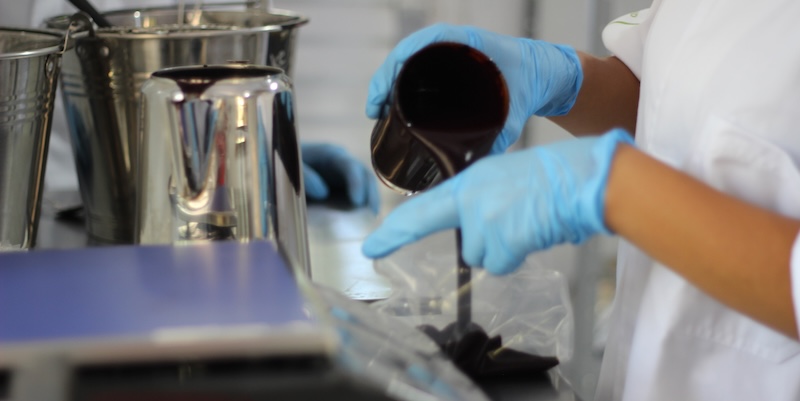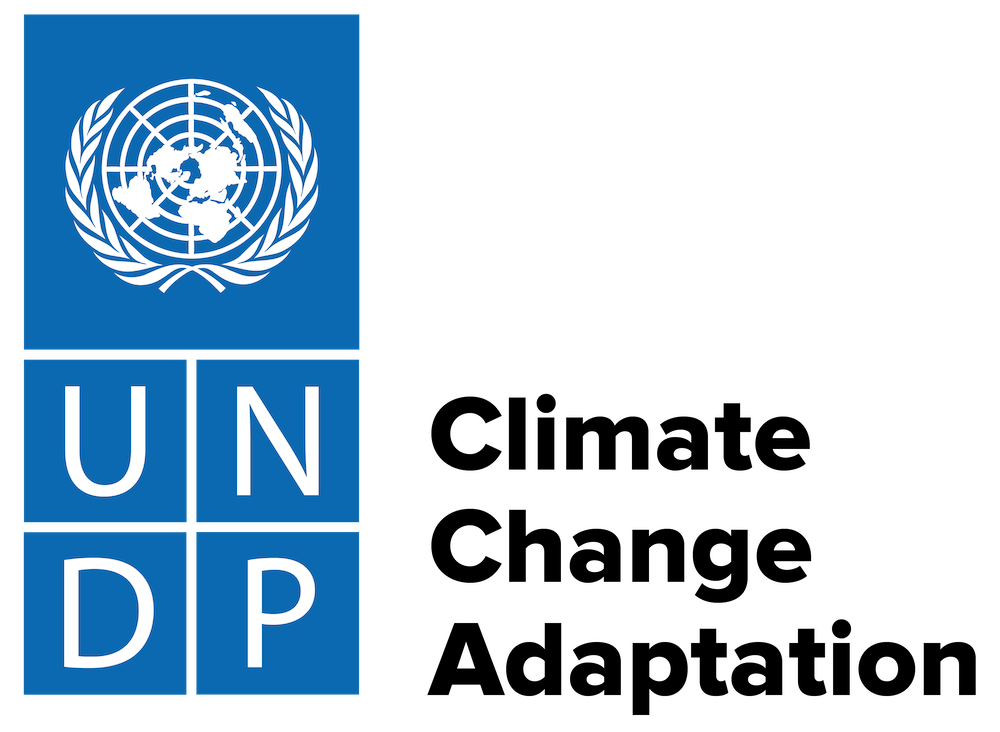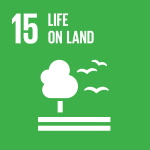
In southern Brazil, temperatures are rising, bringing heavier rainfall and increasing the risk of flooding. These floods are washing away fertile soils, damaging crops and disrupting people’s livelihoods.
Planting a wider variety of crops, keeping forests healthy and working with native plants that tolerate heavy rain are key strategies for building resilience. The Mbya Guarani community in Rio Grande do Sul understand this well and is leading local adaptation efforts through agroforestry.
“Communities are getting active. Agroforestry is already a part of the Guarani people's culture. The organization of the Guarani people on the coast has been quite mobilized.” – Hélio Whera, Indigenous leader of the Mbya Guarani community

Hélio Whera and family at the açaí processing unit. Photo: Centro Ecológico
Centro Ecológico is a non-government organization founded in 1985 with a commitment to environmental preservation and social justice. In 2022, the organization received its first grant from the UNDP-Adaptation Fund Climate Innovation Accelerator (AFCIA) to expand this mission. Working closely with smallholder families, the Guarani community and a Quilombola community across the northern coast of Rio Grande do Sul and the extreme south of Santa Catarina, the organization is combining research and local knowledge to strengthen climate resilience.
Together, they are studying ways to boost açaí fruit production, protect juçara palm trees and create new income opportunities through the production and sale of juçara açaí berries – creating a model where conservation and livelihoods grow side by side.
The juçara palm is native to the region and produces flavourful, nutritious açaí berries. Rich in fibre, healthy fats, vitamins and antioxidants, the berries gained global attention in the 2000s as a “superfood.” Açaí can be harvested within the forest ecosystem, without cutting down the palms, helping to protect natural biodiversity.
Under this initiative, more than 360 households are participating in açaí agroforestry programmes and over 650 school students are taking part in environmental education activities. As of 2024, communities have planted 2,500 seedlings, which have sequestered 4,000 tonnes of carbon in just over two years.
“We are in an area of forest, it's a tropical environment, and what we try to do is to copy natural patterns. The systems are similar to the original vegetation; it's kind of combining agriculture production for its protection. So, since we have a more similar environment, a productive environment, it's more adapted.” – André Luiz Gonçalves, director of Centro Ecológico

Native juçara palm tree with açaí berries. Photo: Centro Ecológico
The agroforests can provide up to two tonnes of fruit per family each year, generating around US$2,000 in income. For the community, this is not only a source of livelihood. It is an opportunity to work in ways that respect their connection to nature.
“The Guarani people care a lot about the agroforestry system, which is part of our culture and takes care of our health. We work without pesticides and the Guarani people have been working this way for many years. The issue of pesticides is very serious, as is the consumption of industrialized products." – Hélio Whera
Excessive pesticide use does not just harm human health, it also harms biodiversity. Bees and other pollinators are especially vulnerable, and for the Guarani people, native bees are culturally and medicinally important. As bee populations declined, many villages were forced to abandon traditional practices tied to them.
Because açaí agroforests do not require pesticides, expanding juçara palms within forest systems offers hope for recovering bee populations. As part of the initiative, new hives have already been reintroduced into the community.

Native bees course at Guyra Nhendu Indigenous village in Maquiné, Rio Grande do Sul, Brazil. Photo: Centro Ecológico
Indigenous, locally led innovation
Adaptation is not only about protecting forests and pollinators—it is also about sustaining livelihoods. Communities must find ways to increase the value of local açaí crops.
Traditionally, açaí berries were processed using a mortar and pestle. This method is effective for household consumption, but reaching larger markets requires equipment that can process the berries more efficiently and with consistent quality. Access to this equipment has opened new opportunities for local producers.
Workers selecting açaí berries. Photo: Centro Ecológico
“Our work is to build knowledge with farmers of how to introduce these new methods. It's done in a very participatory fashion.” – André Luiz Gonçalves
Strong networks help farmers combine harvests, share learning and deliver produce at commercial scale. Since its founding, Centro Ecológico has supported networks of more than 5,000 farmers. The new açaí agroforests strengthen and expand these connections. Hélio and the whole community are proud to share their knowledge and grow together.
“Young people are coming from other communities, participating in workshops, learning to climb palm trees and make açaí. They leave the stored açaí here and come back later to make juice or smoothies to eat. During meetings and gatherings, the açaí juçara is appreciated.” – Hélio Whera

Preparing and packaging the açaí berry juice for sale. Photo: Centro Ecológico
Over the past year, 40 tonnes of açaí berries were processed. Schools became the first new customers, with açaí added to school meals and reaching 8,500 children, more than half of the local population. The success has drawn the attention of government officials, who are interested in working with the community to establish a minimum price for their açaí.
Brazil’s açaí exports have surged by more than 16,000 percent over the past decade, with northern Brazil producing 95 percent of the world’s supply. Now with improved processing equipment, strong agroforest networks and renewed traditional knowledge, communities in southern Brazil are carving out their own place in this growing market—one rooted in sustainability and respect for nature.
As this initiative grows, it’s doing more than creating jobs and boosting harvests. It’s helping communities safeguard their forests, protect themselves against floods and build a future that can withstand the changing climate.
*
Supported by financial contributions from the Adaptation Fund and the European Union, the UNDP-AFCIA programme has awarded 44 micro and small grants to locally led organizations across 33 countries worldwide, accelerating their innovative solutions to build resilience in the most vulnerable communities.
UNDP-AFCIA is one of two featured programmes under the Adaptation Innovation Marketplace (AIM), a multi-stakeholder strategic platform that promotes scaled-up adaptation at the local level.




